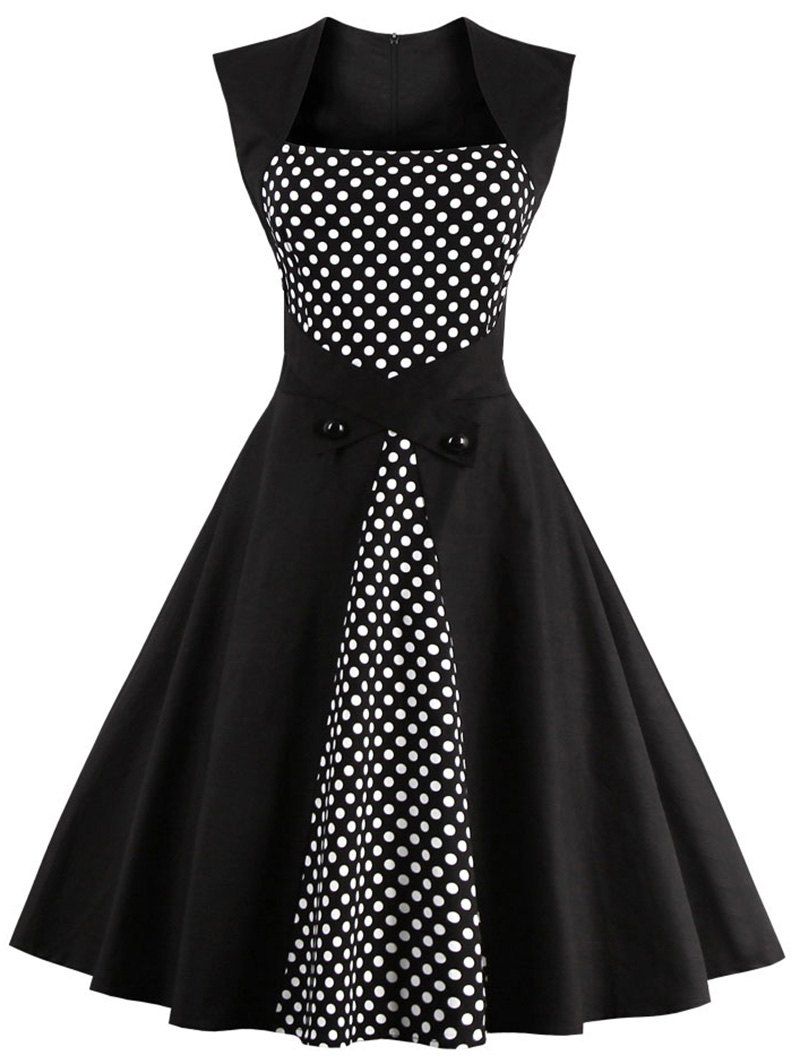 All this pre purchase info is very valuable to any customer, regardless of the niche. Now this goes way beyond your average ‘Recommended Products’ or ‘New In’ features, it means lists and guides on how to wear/use those products. Target has taken this into practice and their customers can see the most popular products, ranked by pin popularity and views. Survey of Bangladeshi factories supplying Marks Spencer carried out last summer found that workers’ average basic monthly pay was 6500 taka (HK $ and their average ‘take home’ pay, including an average two hours a day of overtime, was 8000 taka. Nevertheless this is more than many in the industry get.
All this pre purchase info is very valuable to any customer, regardless of the niche. Now this goes way beyond your average ‘Recommended Products’ or ‘New In’ features, it means lists and guides on how to wear/use those products. Target has taken this into practice and their customers can see the most popular products, ranked by pin popularity and views. Survey of Bangladeshi factories supplying Marks Spencer carried out last summer found that workers’ average basic monthly pay was 6500 taka (HK $ and their average ‘take home’ pay, including an average two hours a day of overtime, was 8000 taka. Nevertheless this is more than many in the industry get.
 More than four million people work in Bangladesh’s garment industry, that now accounts for about 80 per cent of the country’s foreign trade.
More than four million people work in Bangladesh’s garment industry, that now accounts for about 80 per cent of the country’s foreign trade.
It has the potential to lift the nation out of poverty in really similar way manufacturing transformed the lives of tens of millions of migrant workers in China in the 1980s and 90s.
So relentless demand for ‘ever cheaper’ clothes from ‘highstreet’ stores and supermarket chains in the West is keeping workers’ wages at levels as low as US $ 68 a month -an amount that pressure groups, unions and even So there’s no sign of consumers forcing an improvement in the living standards for garment workers any time soon, reports about poor working conditions and suggestions about how to improve them are nothing new, for sure.
 Actually the switch to production in more freewheeling Bangladesh was accelerated by the global slowdown, that has sharpened shoppers’ appetite for bargains, I’d say in case anything. In a suite of offices lined with racks of clothes on the seventh floor of an industrial building in the back streets of Lai Chi Kok, the head of a trading company explains the economic reality that has transformed the global garment industry over the past decade. Actually the company had the prescience to set up in Bangladesh before a bunch of its competitors and now has 20 to 30 factories in Dhaka. Top Grade is seeing orders boom, as clothing factories in southern China close down. Keep reading! Lui and her industry colleagues expect Bangladesh to overtake the mainland as the world’s biggest garment producer in a matter of years.
Actually the switch to production in more freewheeling Bangladesh was accelerated by the global slowdown, that has sharpened shoppers’ appetite for bargains, I’d say in case anything. In a suite of offices lined with racks of clothes on the seventh floor of an industrial building in the back streets of Lai Chi Kok, the head of a trading company explains the economic reality that has transformed the global garment industry over the past decade. Actually the company had the prescience to set up in Bangladesh before a bunch of its competitors and now has 20 to 30 factories in Dhaka. Top Grade is seeing orders boom, as clothing factories in southern China close down. Keep reading! Lui and her industry colleagues expect Bangladesh to overtake the mainland as the world’s biggest garment producer in a matter of years.
At Bangladeshi conglomerate Viyellatex, that employs 18000 people and makes clothes for a few high street chains, chief operating officer Ziauddin Ahmed disagrees with the proposal and says there was quite similar way Kowloonbased companies should send ‘mainlandmade’ products worldwide throughout the 1990s and 2000s, Top Grade last year handled orders for 30 million pieces of clothing made in Dhaka’s factories for customers including European supermarket chain Lidl, and major chains in Brazil and Japan.
Despite the goods themselves are sent from Bangladesh directly to the customer, orders are placed with Top Grade and similar companies. Basically the payments pass through their Hong Kong offices.
Besides, the Rana Plaza disaster in 2013, in which 1130 people died and 2500 were injured when a ‘run down’ eightstorey factory complex making clothes for Primark, Benetton, Walmart and similar Western brands collapsed, highlighted the dangers of the industry in Bangladesh. Critics say that while fire and building safety conditions have improved since the tragedy, worker conditions remain bleak, particularly as the pressure increases on factories to produce ever cheaper clothes. When their health is ruined, they spend a lot of their youth in the garment industry for multinational retailers and they have to retire at 40. Akter says, after they reach 40 or 45 they voluntarily leave their jobs as they become old and they can not fulfil their production targets any longer.